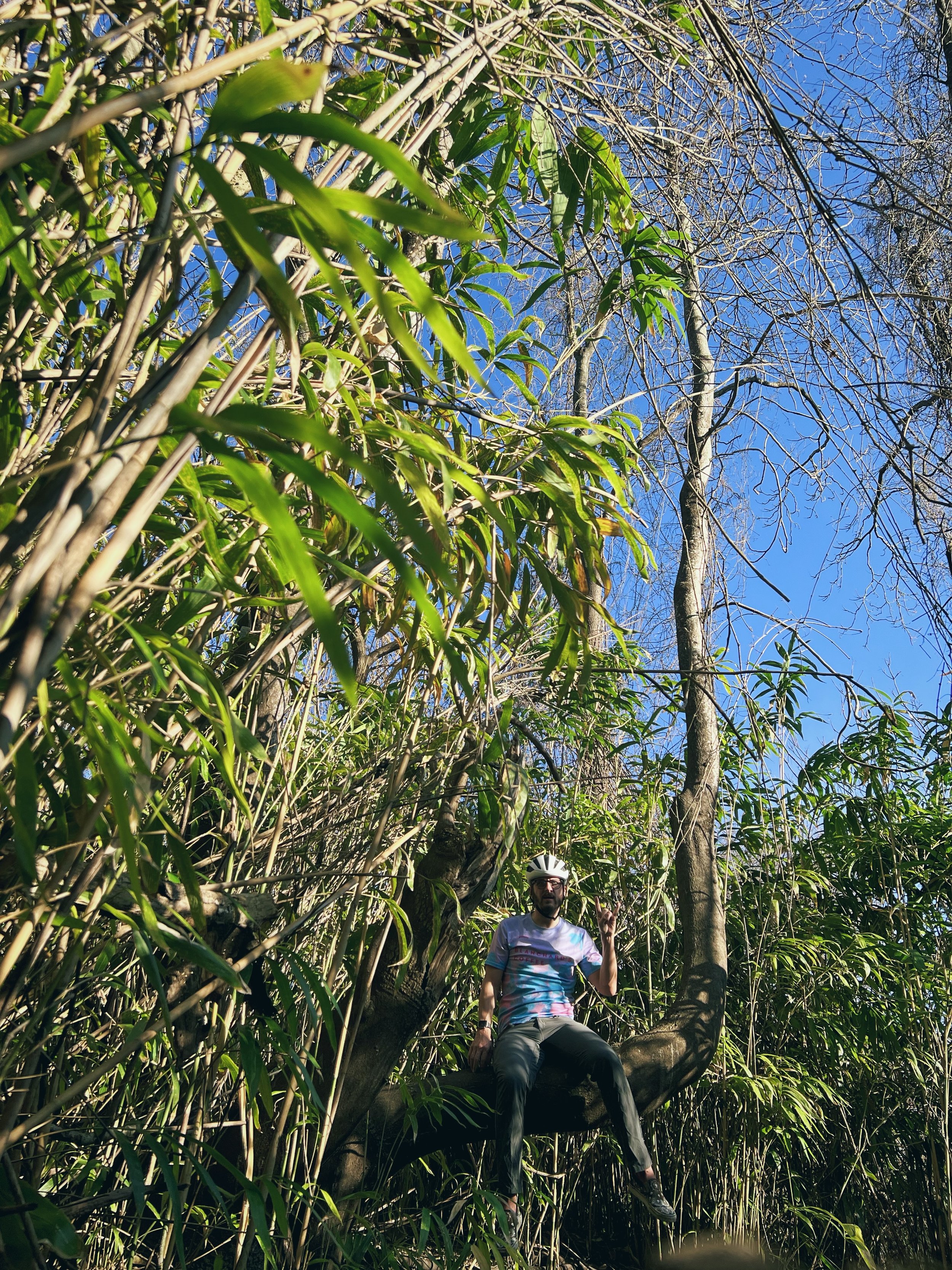Good morning, RVA! It's 30 °F, and my grumpiness about the cold continues. But! Looking at the 10-day forecast and I think, after this morning, we’re done with the cold, cold weather. Today, you can expect highs in the mid 60s and some sunshine. By the time this weekend rolls around, we might even see temperatures in the 80s. Spring! It has sprung!
Water cooler
It’s been 53 days since a driver hit and killed a VCU student on Main Street, right in the middle of the Monroe Park campus. Since then, the Richmond Police Department has stepped up enforcement of speeding all over town, but, at least to my knowledge, nothing has been done to actually slow drivers down on this specific stretch of Main Street. What would a quick, temporary intervention—one that actually slows drivers and keeps people safe—even look like though? Is something like that even possible? You can find out for yourself this coming Friday at 12:15 PM as Strong Towns, a national advocacy organization focused on land use patterns, hosts a Crash Analysis Studio to look at the specifics of this crash and this street and suggest how the City could make things safer. The virtual discussion between technical and non-technical experts will “analyze the the multiple factors that caused the crash and, subsequently, identify what can be done to reduce the frequency of and trauma of future crashes.” I’m very excited about this and hope you can attend! The event is free, but you’ll want to register online beforehand.
Last week, VAPLAN released their 2023 VAPLAN Scorecard which ranks our state legislators on a scale of Most Progressive to Least Progressive. Because the General Assembly is a confusing, chaotic mess, the ranking system is also a little bit confusing and chaotic, and I recommend you read the accompanying newsletter to get a feel for how the spreadsheet works. To spoil it a bit, the most progressive legislators of this past session were: Delegates Marcus Simon, Cia Price, Elizabeth Guzman, Jeffrey Bourne, Sam Rasoul, and Don Scott, along with Senators Scott Surovell, Jennifer McClellan, Adam Ebbin, Mamie Locke, Creigh Deeds, and Jennifer Boysko. Take a minute and poke around in the spreadsheet and see what you can uncover. For example, maybe even more interesting than the top and bottom are the folks in the middle—the least progressive Democrats or the most progressive Republicans. P.S. This is also an excellent tool for just looking back to see how all of the legislators voted on important progressive issues—data that simply leaves my mind the instant the GA session ends. I’m thankful that someone has written it all down!
First, are you a member of the Binford Middle, John B. Cary Elementary, Ginter Park Elementary, or George Wythe High communities? Second, do you have any brilliant ideas for how to rename those schools? RPS will rename each of these, and you can submit your suggestions for new names by March 31st. There are some guidelines, but they are very broad, leaving you with maximum brainstorming flexibility: School names must be relevant to Richmond or national history, culture, or geography; and School names must not discriminate and/or cause offense on the basis of race, ethnicity, religion, disability, or LGBTQ+ identity. Here are just a few to get your juices flowing: Rainbow Cookie Elementary, Those Puddles of Yellow Pollen Middle, Poppin’ Wheelies High.
Axios Richmond’s Ned Oliver reports on the Mayor’s plans to reinstitute the City’s History and Culture Commission with the aim of scraping the remaining Confederate names off all of our publicly owned buildings, parks, and roadways. The Commission’s first task is a hard one: Building an inventory of everything with a name “associated with the Confederacy or enslavers.” That’s going to be a big, long list filled with lots of entires that make you go “Whoa, I never knew!”
FYI, Mike Plantania at Richmond BizSense reports that, yesterday, the Planning Commission decided to delay their vote on the 260-unit apartment building located on the 3600 block of Grove Avenue. “Lengths of the discussion were centered on the building’s setbacks from Thompson Street and Grove Avenue,” says Platania.
This morning's longread
Making the Most of Your Transportation Options—And Getting Your Neighbors Onboard
This short article about convincing folks to shift their thinking when it comes to neighborhood redevelopment feels like it tenuously applies to the Diamond District and, to a lesser extent, the plans to develop the area around the Coliseum. Mostly, though, I wanted to link to it because the maps remind me a ton of “Scott’s Addition 2.0”, the part of town that sits just west of Scott’s Addition in Henrico County. If we do a good job of reconnecting that street grid and making those new streets productive, we could really have a neighborhood over there.
Advance forward 17 years, and take a look at White Flint today. The conversation shifted from halting development or doubling down on highway solutions toward a focus on making the streets of White Flint more productive. Over time, marker lines ona page developed into streets. Vast parking lots have been redeveloped into mixed-use buildings. Old streets were enhanced and new streets were added with wide sidewalks and on-street parking. The transportation system supported more productive development and a community where people want to not only be, but call home.
If you’d like to suggest a longread to show up here, go chip in a couple bucks on the ol’ Patreon.
Picture of the Day
I found a place to sit in the forest.

